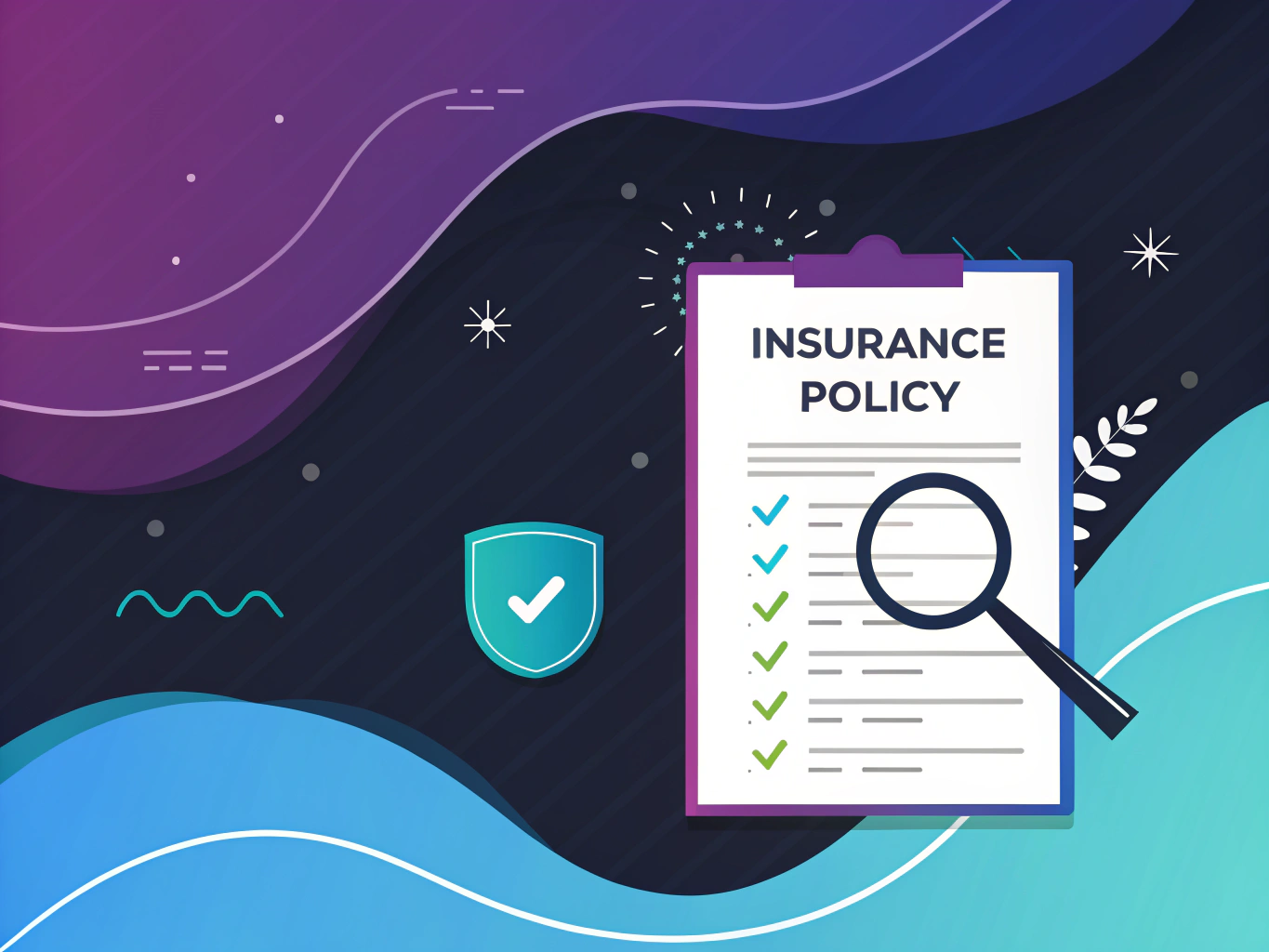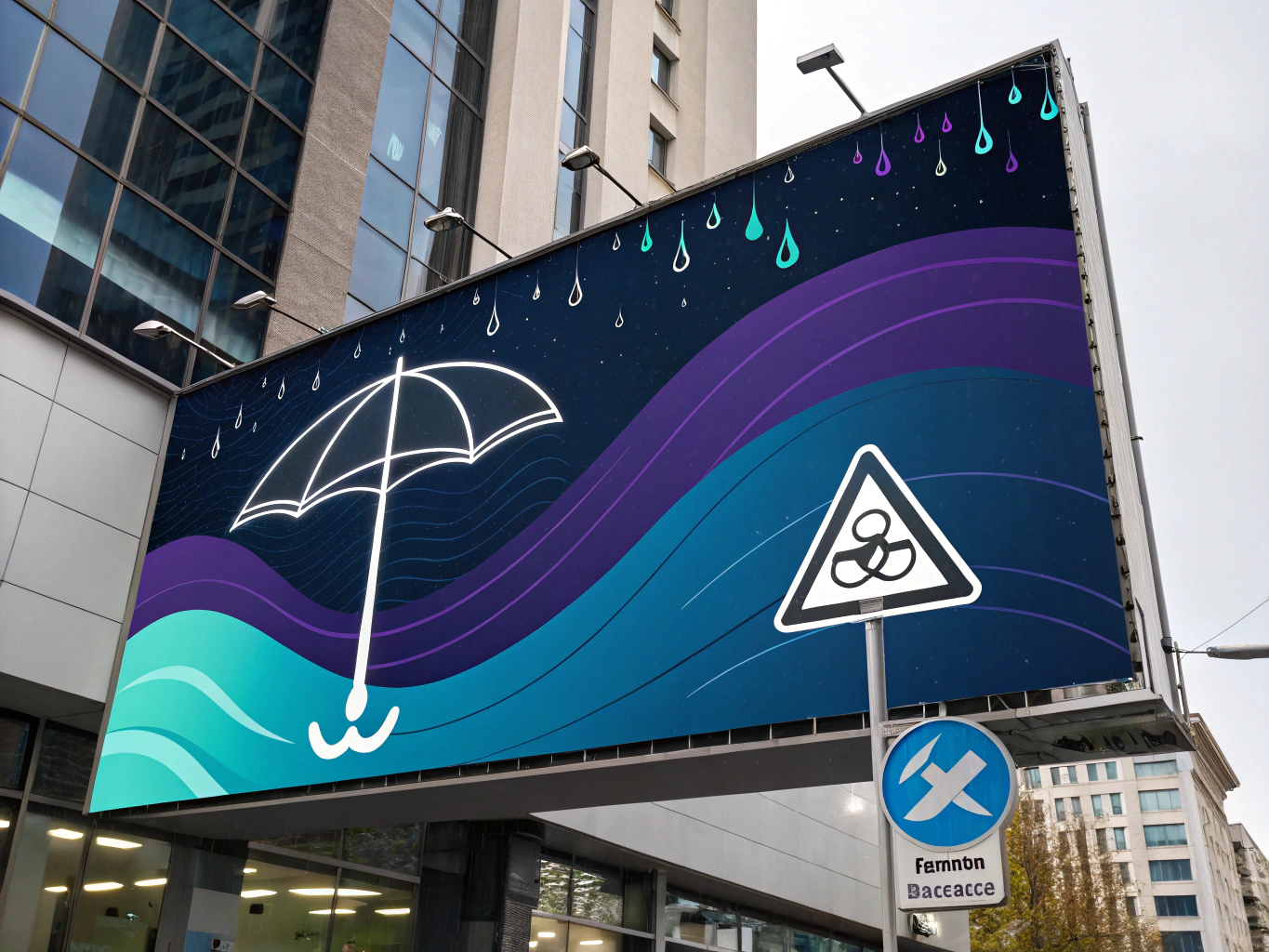Understanding Amazon’s Insurance Maze: More Complex Than Prime Day Logistics
Let’s be real – nobody dreams of dealing with insurance requirements when launching their Amazon empire. You’re probably imagining product photography, conversion optimization, and watching those sweet, sweet sales roll in. But here’s the thing: insurance isn’t just some bureaucratic hoop Amazon makes you jump through. It’s your safety net in a marketplace where one product mishap could send your business tumbling faster than a poorly packaged glass vase.

I’ve seen too many sellers learn this the hard way. They hit that magical $10,000 monthly sales threshold, pop the champagne, and then panic when Amazon comes knocking about insurance requirements. Sound familiar? Let’s break down what you actually need to know about amazon insurance requirements – no corporate jargon, just straight talk.
The Basic Amazon Insurance Requirements: Your First Line of Defense

Here’s the deal: if you’re making $10,000 or more in monthly sales (congrats, by the way), Amazon requires you to have general liability insurance. This isn’t Amazon being mean – it’s Amazon being smart. And honestly? You should be too.
The Magic Numbers You Need to Know
The coverage requirements aren’t pulled from thin air. Amazon wants to see at least $1 million per occurrence and $2 million in aggregate. Think that sounds excessive? Wait until you hear about that one seller who got sued because their “100% cotton” shirts turned out to be polyester and caused allergic reactions. Suddenly, those numbers don’t seem so crazy.
Beyond Basic Coverage: When Amazon Relay Enters the Chat
If you’re diving into amazon relay or the amazon relay load board, you’re looking at a whole different ballgame. The amazon freight world comes with its own set of insurance requirements. For those running delivery operations through amazon relay login or the amazon relay app, you’ll need commercial auto insurance on top of everything else. For more detailed insights, check out what you need to know about Amazon seller insurance.
The “Do I Really Need This?” Question
Can you sell on Amazon without insurance? Technically, yes – if you’re under that $10,000 monthly threshold. But should you? That’s like asking if you should drive without car insurance because you’re a good driver. Sure, you might be fine… until you’re not.
The reality is, Amazon’s liability policy isn’t just about protecting them – it’s about protecting you too. I’ve watched sellers go from “insurance is just an expense” to “thank god I had coverage” faster than Prime delivery. When that customer claims your protein powder made them sick (even if it didn’t), you’ll want that insurance safety net.
And here’s something most guides won’t tell you: insurance requirements for Amazon aren’t static. They evolve with the marketplace. What was sufficient coverage last year might not cut it tomorrow. Just like the platform itself, these requirements are constantly being refined and updated. You can read more about the types of insurance needed at what type of insurance do you need to sell on Amazon.
Understanding Amazon’s Insurance Requirements: What You Need to Know

Let’s face it – insurance isn’t exactly the most thrilling topic for ecommerce entrepreneurs. But here’s the thing: understanding amazon insurance requirements isn’t just about checking boxes – it’s about protecting your business from those “oh crap” moments that can sink your Amazon dreams faster than a Prime delivery gone wrong.
The Core Amazon Insurance Requirements You Can’t Ignore
First things first: if you’re pulling in more than $10,000 in monthly sales (congrats, by the way!), Amazon requires you to have commercial liability insurance. We’re talking minimum coverage of $1 million per occurrence and $2 million in aggregate. And no, your personal insurance policy won’t cut it – trust me, I learned that one the hard way.
But here’s where it gets interesting: amazon relay requirements are a whole different ball game. If you’re thinking about joining Amazon’s freight network through amazon relay login, you’ll need commercial auto insurance with specific coverage levels that would make your personal auto policy blush.
The Amazon Relay Insurance Game
The amazon relay load board is becoming increasingly popular among carriers, but before you jump on the amazon freight bandwagon, let’s break down what you need. Through amazonrelay or the amazon relay app, you’ll need:
- Commercial Auto Liability: $1,000,000 minimum
- Cargo Insurance: $100,000 minimum
- Workers’ Comp (varies by state)
Navigating the Load Board Amazon Universe
Here’s something most guides won’t tell you about the amazon relay sign in process: getting approved isn’t just about having insurance – it’s about having the right documentation ready to roll. Think of it like preparing for a first date – you want everything perfect before you make your move.
Common Insurance Pitfalls and How to Avoid Them

Look, I’ve seen countless sellers trip up when it comes to amazon insurance requirements. The most common mistake? Thinking they can wait until Amazon sends them a notice. Spoiler alert: by then, you’re already behind the eight ball. The smart play is to get covered before you hit that $10k threshold.
And for those wondering “Does Amazon automatically give you insurance?” – nope, that’s not how it works. You need to arrange your own coverage through an insurance provider. The good news? There are now specialized ecommerce insurance packages that won’t require you to sell a kidney to afford them.
The amazon relay.com platform has actually made the process more straightforward, but you still need to know what you’re doing. Think of it like coding – sure, the interface might be user-friendly, but you better understand the logic behind it if you want to avoid crashes.
The Real Cost of Amazon Insurance
When sellers ask me “How much is insurance for Amazon?” I always tell them it’s like asking how much a car costs – it depends on a lot of factors. Your sales volume, product category, claims history, and even your business location all play a role in determining your premiums. But here’s a rough ballpark: expect to pay anywhere from $500 to $2,500 annually for basic coverage. For a more comprehensive guide, see insurance requirements for Amazon sellers.
Managing Insurance Compliance and Documentation
Let’s be real – dealing with Amazon insurance requirements feels about as fun as explaining blockchain to your grandmother. But here’s the thing: proper documentation isn’t just bureaucratic busywork. It’s your safety net when things go sideways (and trust me, in ecommerce, things have a way of doing exactly that).
The Amazon Relay Connection
For those of you running logistics through Amazon Relay, the documentation game gets even more interesting. The amazon relay load board system requires specific insurance verification processes that can make or break your ability to access loads. I’ve seen too many sellers get locked out of amazon relay login because their documentation wasn’t up to snuff.
Future-Proofing Your Amazon Insurance Strategy
Remember when we thought drone delivery was just sci-fi? Well, amazon freight is already experimenting with autonomous vehicles. As these technologies evolve, insurance requirements will too. Smart sellers are already thinking ahead about how their coverage needs might change.
Practical Tips for Insurance Management
- Set calendar reminders 60 days before policy renewals
- Keep digital copies of all insurance documents in multiple locations
- Review your coverage quarterly as your business scales
- Maintain open communication with your insurance provider about changes in your business model
Speaking of amazonrelay and the amazon relay app – if you’re using these platforms, you’ll need to be extra vigilant about maintaining proper documentation. The load board amazon system is particularly strict about insurance compliance.
Final Thoughts on Amazon Insurance Requirements
Here’s what I tell every seller who asks about amazon insurance requirements: think of it like wearing a seatbelt while driving a Ferrari. Sure, you might be an excellent driver, but you wouldn’t take that car out without buckling up first. The same goes for selling on Amazon – proper insurance isn’t just about meeting requirements, it’s about protecting the business you’ve worked so hard to build.
Whether you’re using amazon relay sign in for logistics or selling products through FBA, your insurance strategy needs to be as dynamic as your business. The marketplace is evolving, and your coverage should evolve with it. Take time to review your policies regularly, stay informed about changing requirements, and most importantly – don’t wait until you have a problem to discover your coverage isn’t adequate.
Remember: Amazon’s not trying to make your life difficult with these requirements (okay, maybe a little). They’re creating a sustainable ecosystem where both sellers and customers can operate with confidence. And isn’t that what we all want? A marketplace where we can focus on growth and innovation, knowing we’re properly protected against whatever challenges come our way.
👉👉 Create Photos, Videos & Optimized Content in minutes 👈👈
Related Articles:
- Insights, Tips, and Tools for Growth – ProductScope Blog
- Is Amazon FBA Worth It in 2025? Real Profit Numbers
- Walmart Passport Photo Service: What to Expect & Costs
Frequently Asked Questions
What are the insurance requirements for Amazon?
Amazon requires sellers to have commercial general liability insurance with a minimum coverage of $1 million per occurrence. This policy should cover liabilities arising from product defects, bodily injury, and property damage, and must name Amazon as an additional insured.
Does Amazon automatically give you insurance?
No, Amazon does not automatically provide insurance to sellers. It is the responsibility of the seller to obtain and maintain the necessary insurance coverage to meet Amazon’s requirements.
How much is insurance for Amazon?
The cost of insurance for selling on Amazon varies based on several factors, including the type of products sold and the size of the business. Typically, premiums can range from a few hundred to several thousand dollars annually, depending on the coverage limits and risk level.
What is Amazon’s liability policy?
Amazon’s liability policy requires sellers to have insurance that covers at least $1 million per occurrence for bodily injury, personal injury, and property damage. The policy must include Amazon as an additional insured and cover any claims related to products sold through the platform.
Can I sell on Amazon without insurance?
Technically, sellers can start selling on Amazon without insurance, but they must obtain the required coverage once they reach a certain sales threshold or if Amazon requests proof of insurance. Not having the proper insurance can lead to account suspension or other penalties.
About the Author
Vijay Jacob is the founder and chief contributing writer for ProductScope AI focused on storytelling in AI and tech. You can follow him on X and LinkedIn, and ProductScope AI on X and on LinkedIn.
We’re also building a powerful AI Studio for Brands & Creators to sell smarter and faster with AI. With PS Studio you can generate AI Images, AI Videos, Chat and Automate repeat writing with AI Agents that can produce content in your voice and tone all in one place. If you sell on Amazon you can even optimize your Amazon Product Listings or get unique customer insights with PS Optimize.
🎁 Limited time Bonus: I put together an exclusive welcome gift called the “Formula,” which includes all of my free checklists (from SEO to Image Design to content creation at scale), including the top AI agents, and ways to scale your brand & content strategy today. Sign up free to get 200 PS Studio credits on us, and as a bonus, you will receive the “formula” via email as a thank you for your time.
